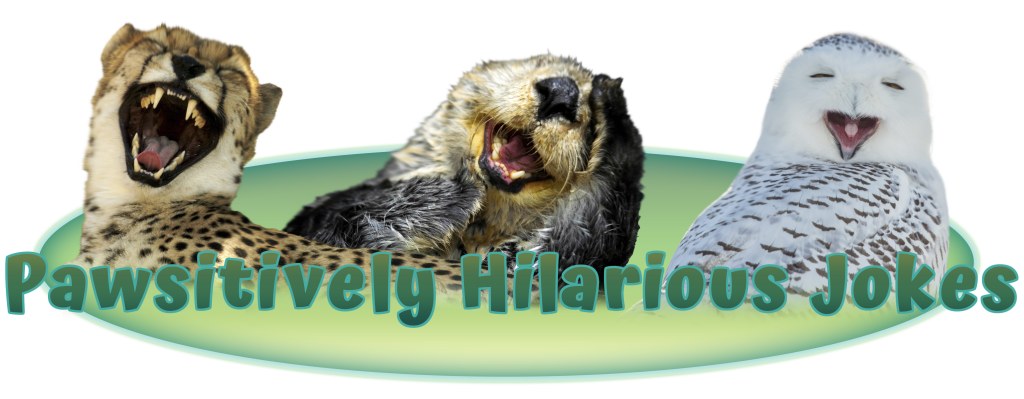
Why did the ocean get angry?
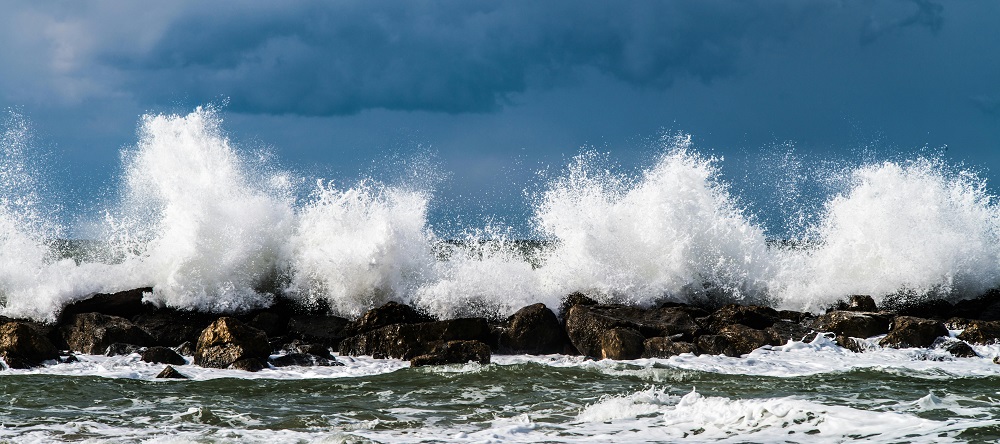
It couldn’t find its sea-cret ingredient!


It couldn’t find its sea-cret ingredient!

Earth Ranger Emma dives into a ribbiting mystery in Loveland, Ohio! Legend has it that a four-foot-tall frog once roamed the quiet streets at night, wand in its hand and magic in the air. Emma’s on a mission to debunk this tale, but things get wild when she stumbles upon a giant “frog” in the most unexpected place. Is it really a magic-wielding frog army, or just a case of mistaken identity? Join the fun as Emma busts myths, explores the quirky side of small-town folklore, and maybe even learns a dance move or two!

Ryan’s wild quest to prove myths real has Emma visiting another US State: Ohio to investigate the stories of the Loveland Frogman. According to the 1955 start of legend, a creature with a frog-like face was seen standing on two legs, some versions even detailing it holding a wand with magic sparkles.
Ryan takes this legend even further, theorizing that the frogmen are “Secret Scientists” who escaped from a top-secret laboratory. That’d make a fun book or movie…but that’s far from the truth!
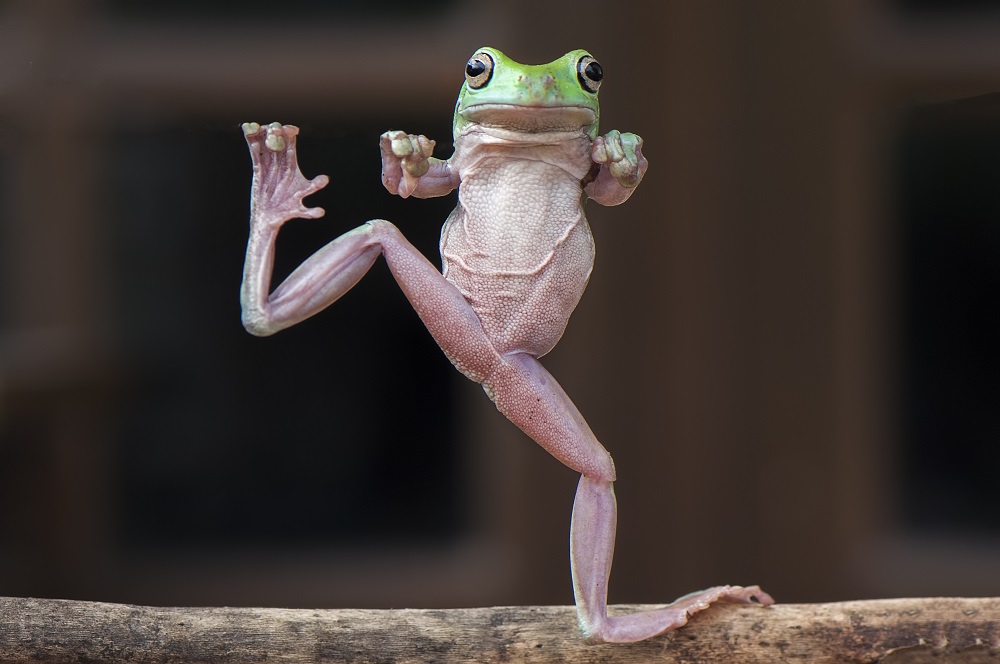
Sure, some frogs, like the tiger-legged monkey frog, prefer walking rather than hopping, but no specials can stand and walk around on two legs the way humans do. There’s also the strange detail about “leathery skin,” which is unlike any real frog—frog skin is smooth and moist, not leathery like a lizard’s. Just looking at these two photos, it’s clear how different the skin “texture” of a frog and a lizard is.
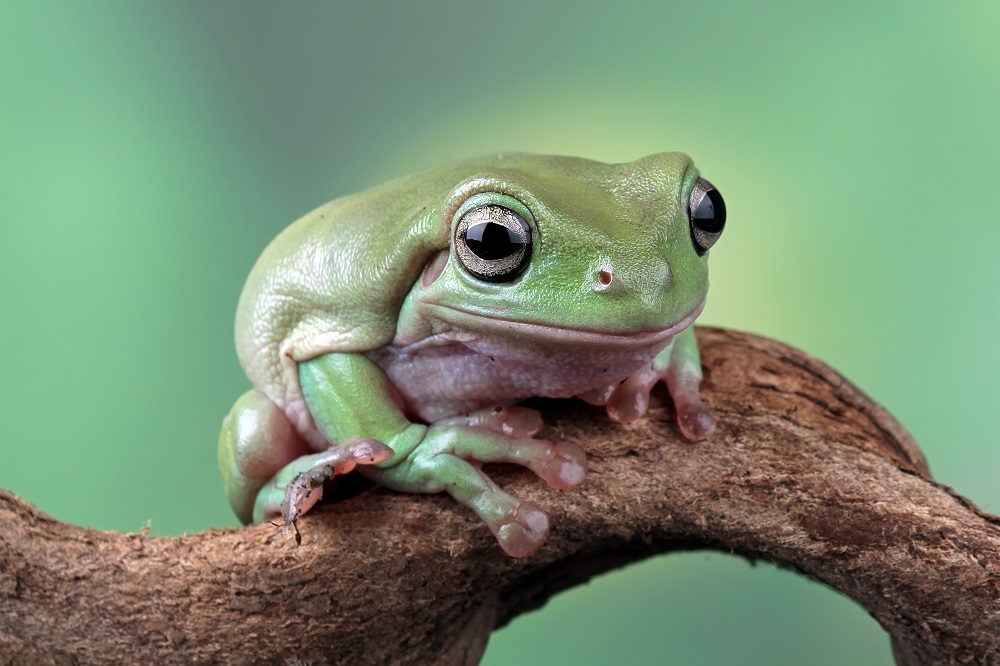
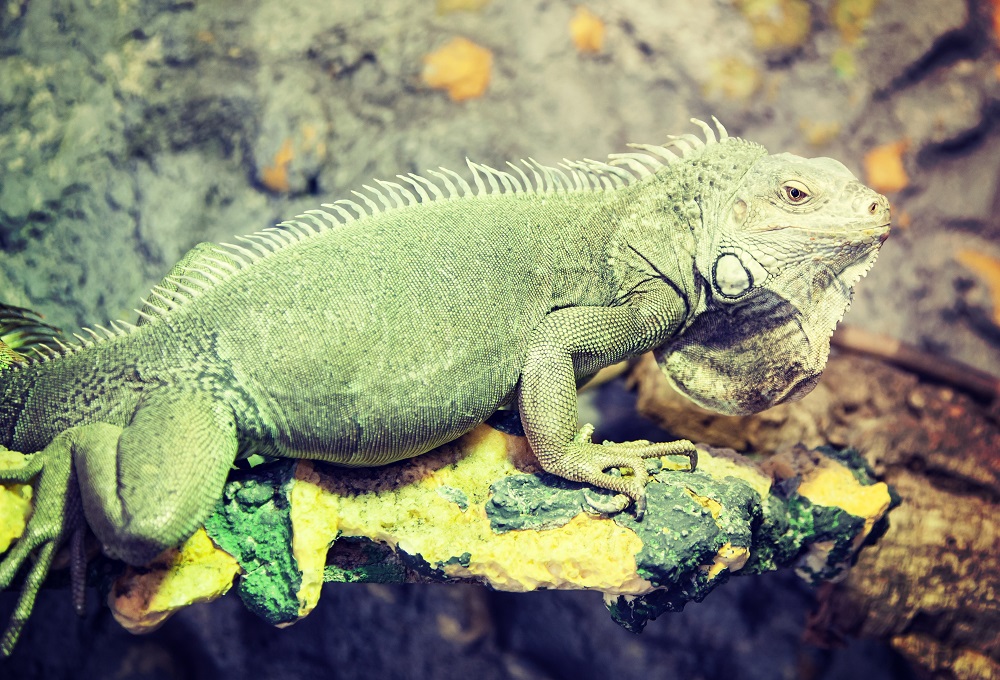
Speaking of lizards – it’s believed that it’s an iguana that people might have mistaken for a frog! In 1972 police officer Ray Shockey reported a sighting of a creature looking a lot like the frogman of the legends. Two weeks later, a colleague of his Mark Matthews saw and shot an animal that fit the description. After picking it up, the police realized that this animal was a green iguana that had dropped its tail!
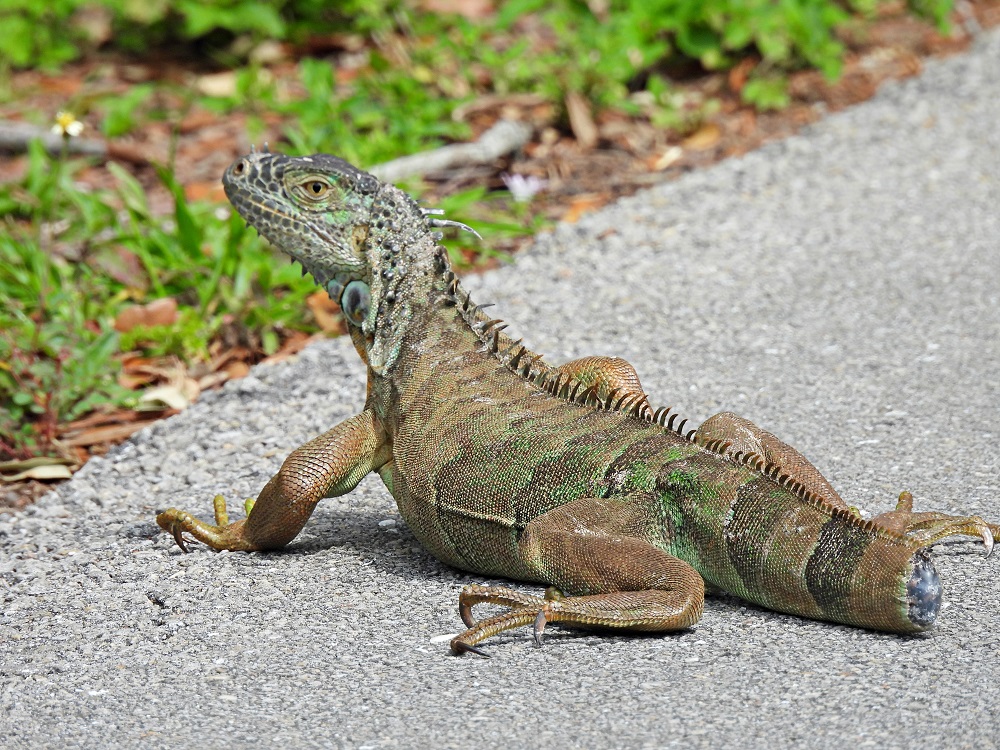
Like many other lizards, iguanas can drop their tails. They do this when they feel threatened and use it as a way to surprise and distract potential predators. Don’t worry! They have a special regenerative ability to grow back their bone and skin. They get to have their tail back after a few months!
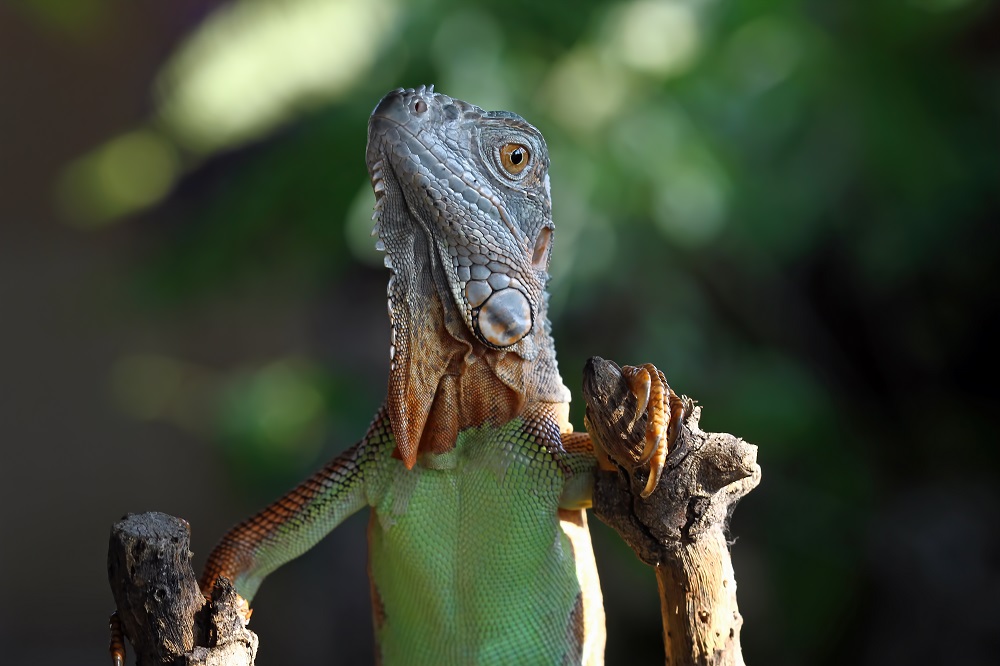
There you have it, Earth Rangers! The legend of the Loveland Frogman was solved when it was revealed to be an iguana. It could still have been a cool lizardman story, but most people like to “embellish” details to make them more fantastical and surreal.

What do you think of the Loveland Frogman Legend? Do you think it’d have been cooler if it had been a lizardman?
Let us know some other cool cryptids you wish Ryan or Emma talked about! Ryan’s going nuts coming up with some, but why not talk about other cool legends here?
We got tons of great guesses on Part 1 of this Pixel Puzzler and now it’s time for the answer. Are you ready for the great reveal? Find out if you got it right!
The answer to this Pixel Puzzler is (drum roll please) A raccoon! How did you do? Tell us in the comments!
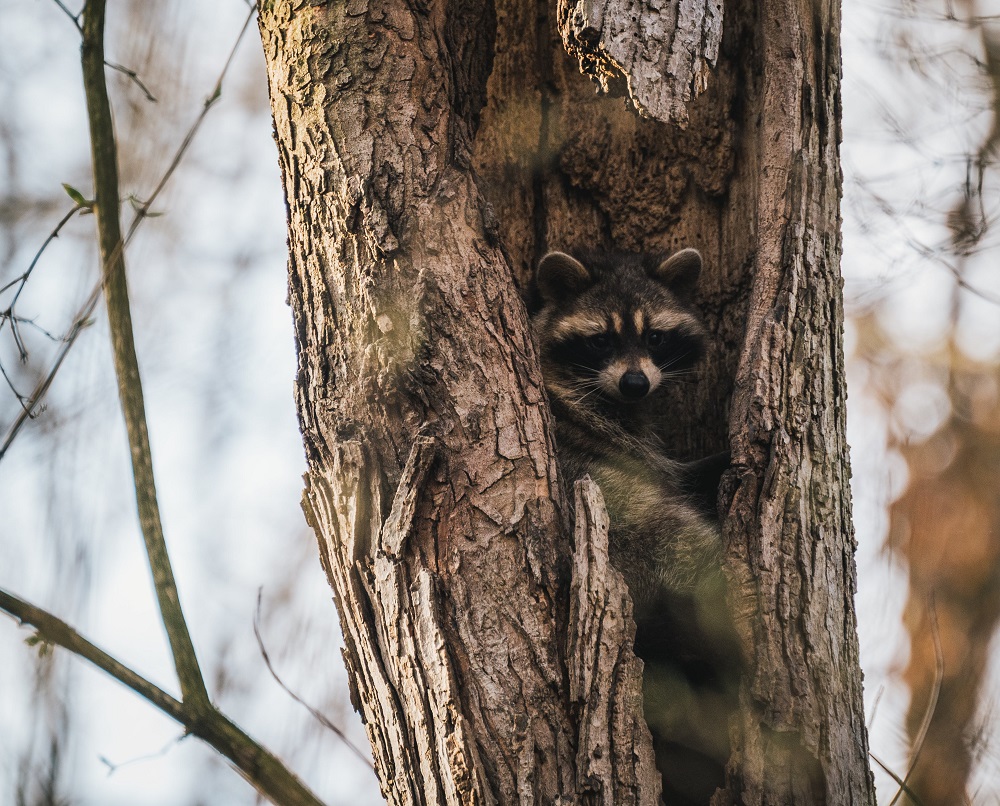
Calling all Earth Rangers! A little change can make a BIG difference – are you ready to take action?
November 7th is a very special day: it’s Maple Leaf Foods’ third annual Little Changes Day! This day challenges Canadians to make small changes in their life that help protect the planet. Created to celebrate Maple Leaf Foods’ carbon neutral anniversary and recognize their achievement as the world’s first major carbon-neutral food company, this day reminds us to think of ways to reduce food waste, save energy, and limit unnecessary packaging to make a difference! After all, if we work together, little changes can have a big impact on the environment for future generation.
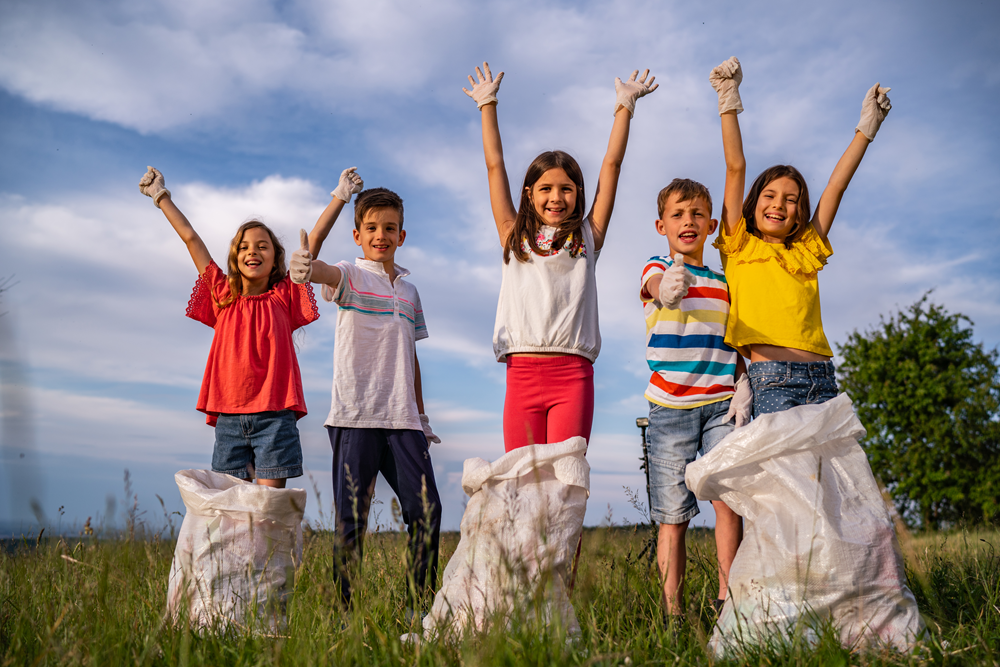
Earth Rangers LOVE celebrating Little Changes Day. The first time we participated, we took on the ‘All Taste, No Waste’ Challenge to reduce food waste. This year we’re excited to celebrate with something NEW: The Future Farmer Mission.
Little Changes Day highlights the small changes we can make in our daily habits that make a difference and gets us thinking about the impact of collective action. One example is the importance of reducing food waste, including on Canadian farms, where regenerative agriculture helps keep our soil healthy. The Future Farmer Mission invites YOU to grow your own vegetable or herb garden at home that nourishes both you and the earth, and saves from buying new at the grocery store! Plus, you’re putting into practice what farmers are doing all over the country!
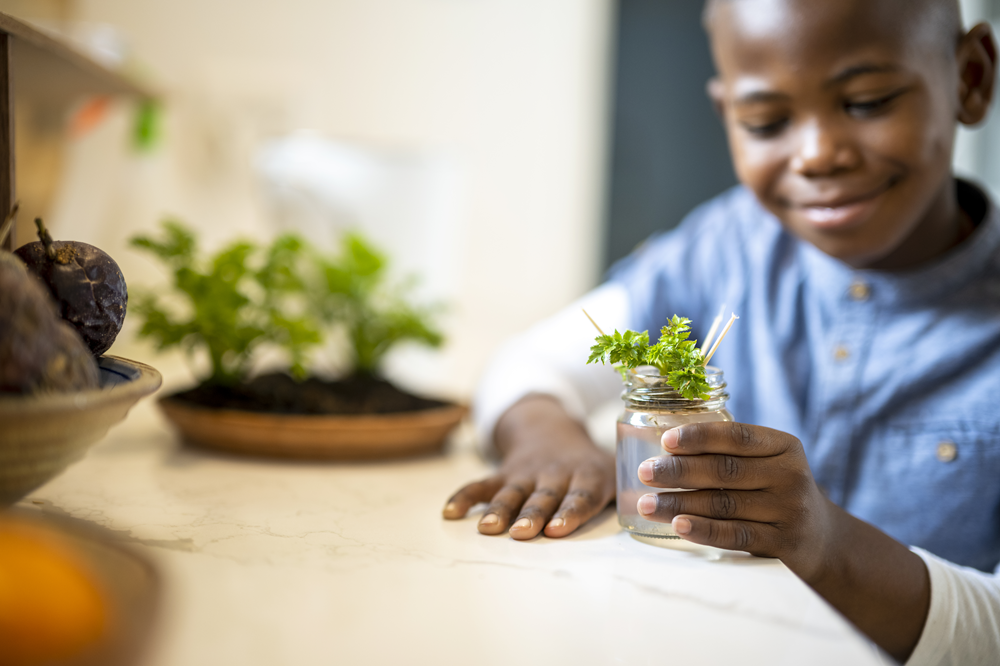
To celebrate Little Changes Day, we’ve launched a special Creative Corner that shows you how to grow your own greens!
Growing greens from scraps is a fun way to start growing your own food indoors. Plus, it’s a great way to add to what you’re already growing in the Future Farmer Mission. All you need is a lettuce core or some herb stems and a container with water to get started.
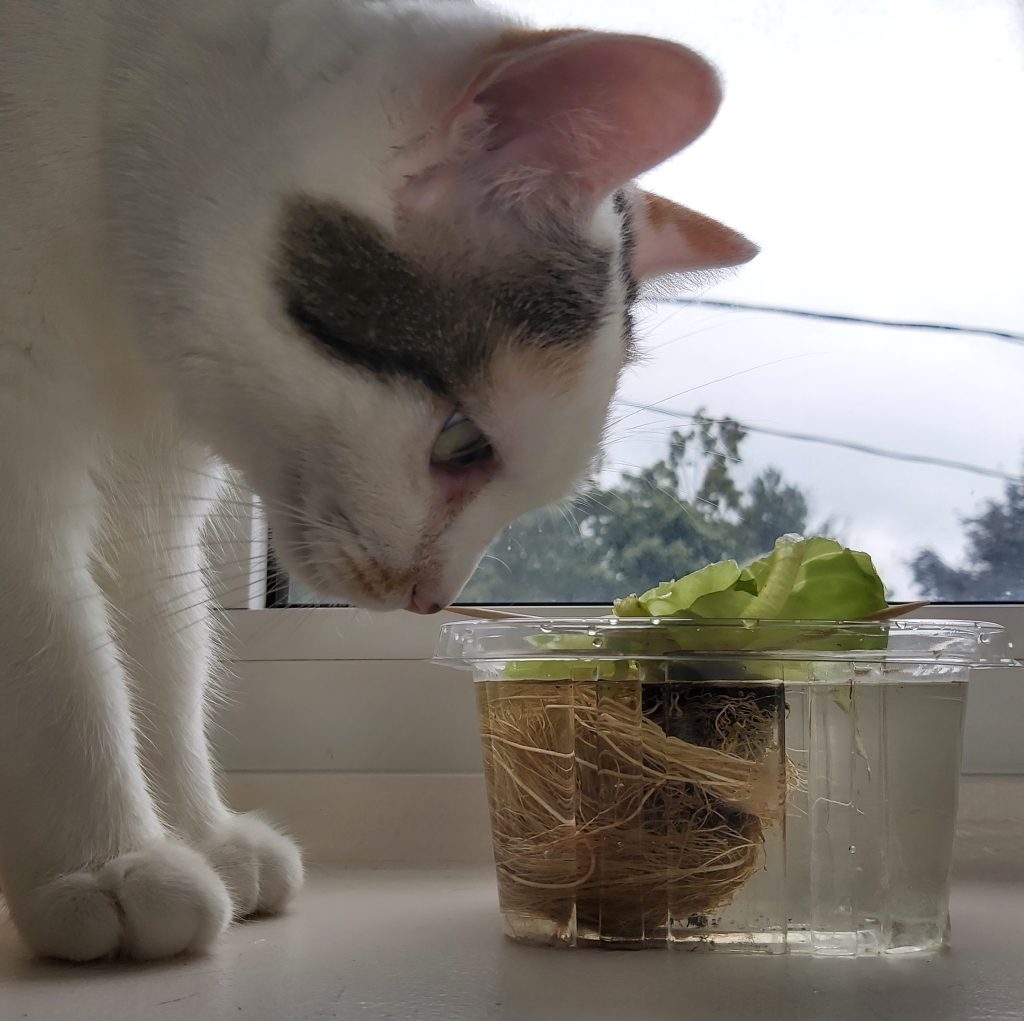
The Grow Your Own Greens creative corner is the perfect way to take on the Little Changes Day Challenge. You can also check out more fun and impactful activities to help the planet, like crafting a cardboard compost bin, taking our composting quiz, and so much more in the Future Farmer Mission.

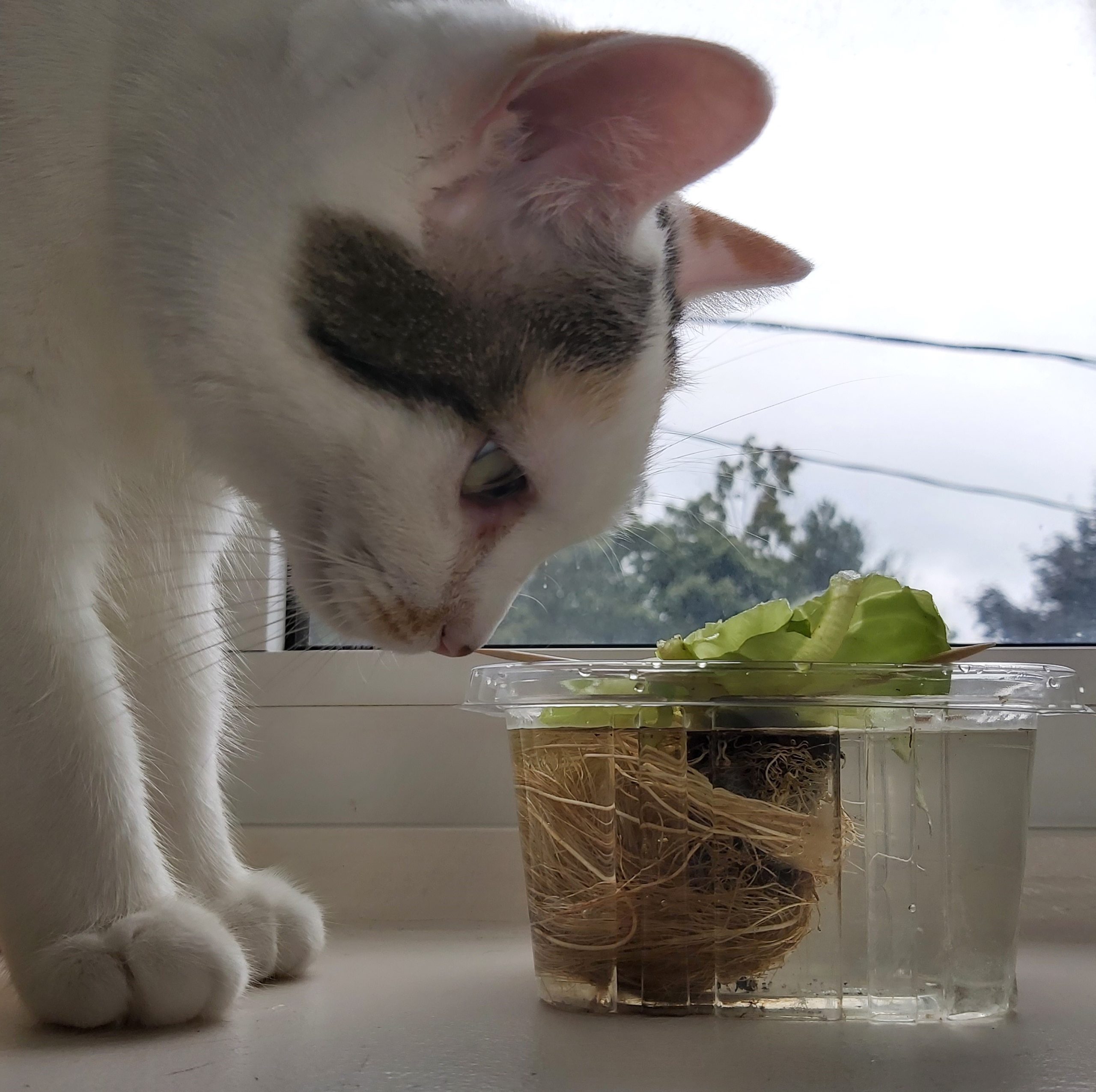
Growing greens from scraps is a great way to practice regenerative farming, right in your own home!
Step 1: Set your plant into a container that will help them grow!
Lettuce: Place the core in a container and insert toothpicks on four sides to hold it in place.
Herbs: Place each stem in a glass or jar.
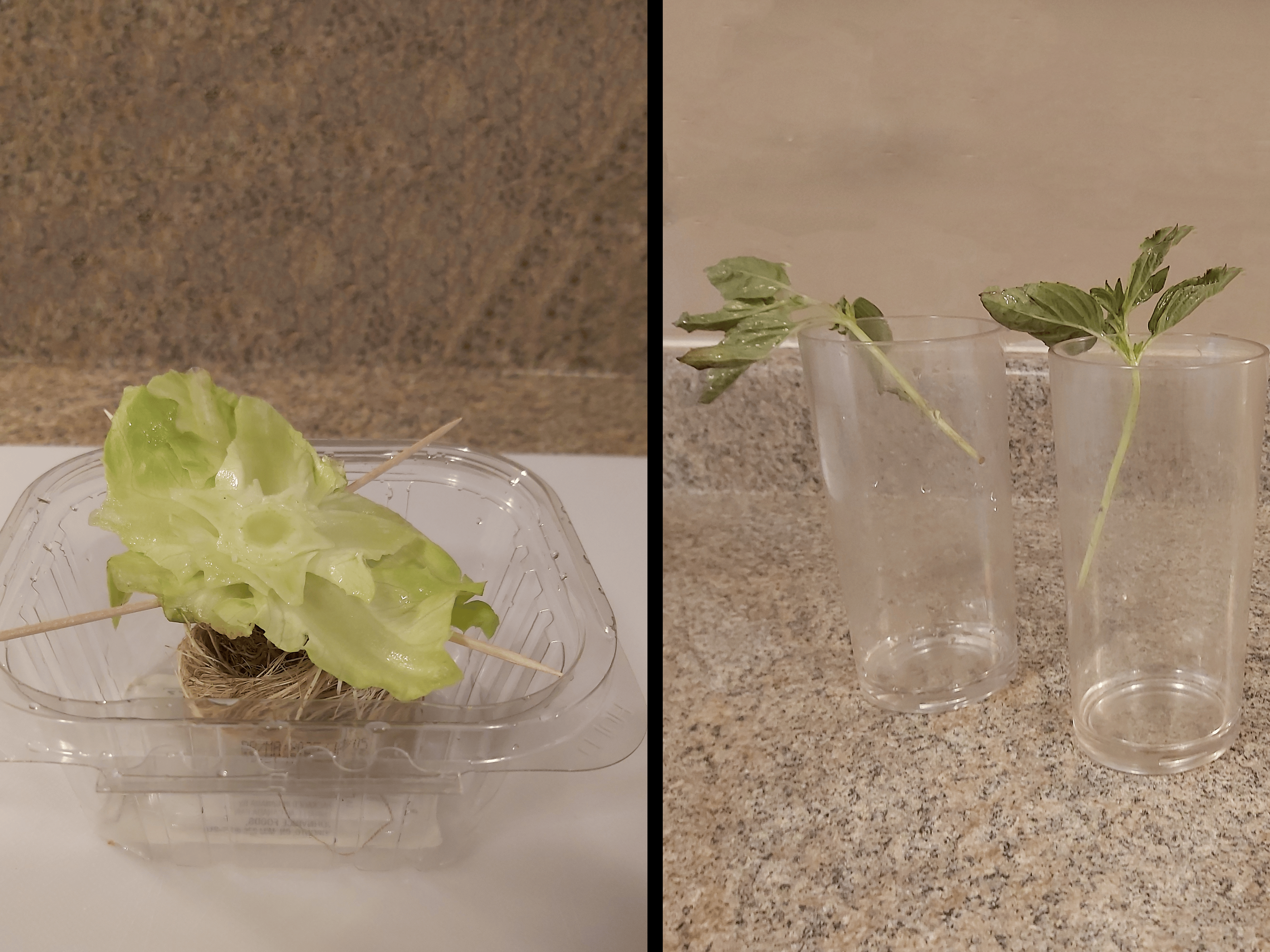
Step 2: Fill your container with water.
Lettuce: Add just enough water to the container to cover the bottom third of the lettuce.
Herbs: Fill each glass or jar with water — just don’t submerge the leaves!
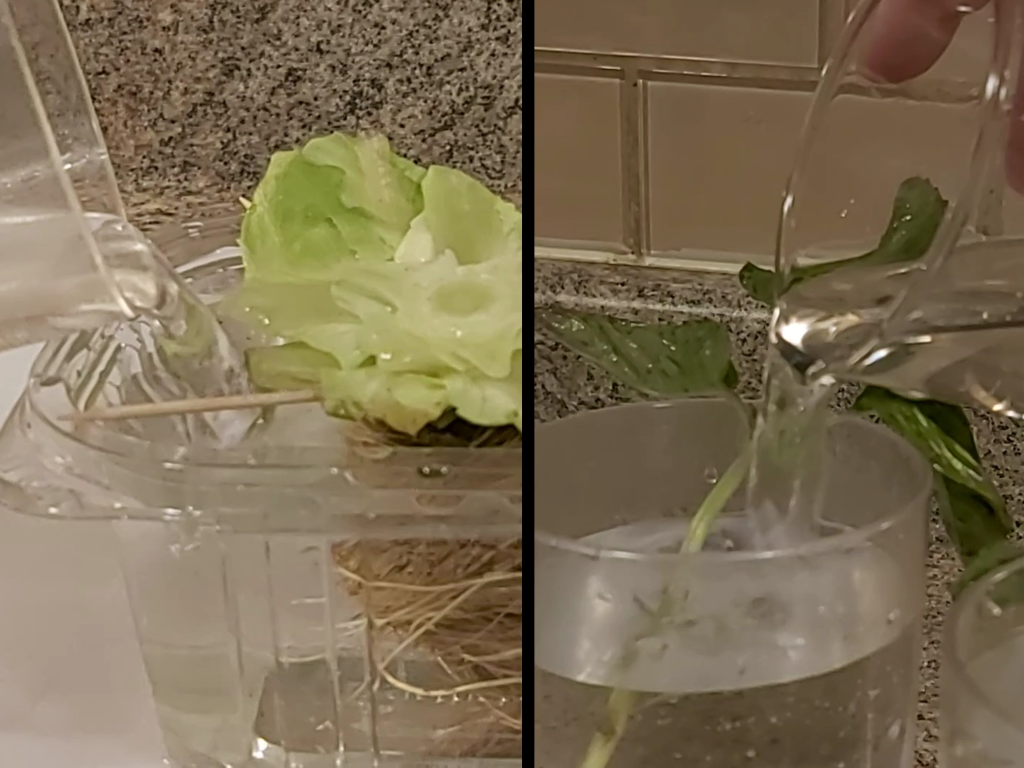
Step 3: Find a sunny spot!
Lettuce and Herbs: Place in a sunny spot, like a ledge or windowsill. Check each day and add more water to replace any water that has evaporated. Replace the water completely every few days.
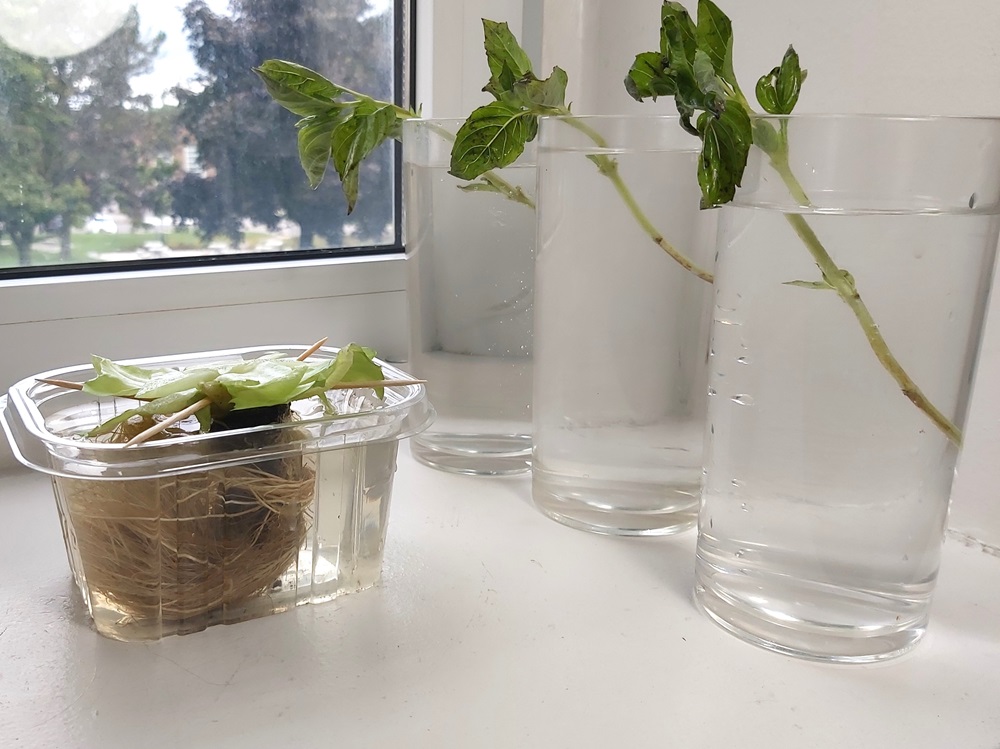
Step 4: Watch your plant grow!
Lettuce: Within a few days, new leaves will sprout from the center of the lettuce core. In 10-12 days, the lettuce should be tall enough to use. When your lettuce is ready, add it to a salad or sandwich!
Herbs: Wait for the roots to grow — this can take a couple of days to a couple of weeks. Once you see roots, just snip off leaves as you need them!
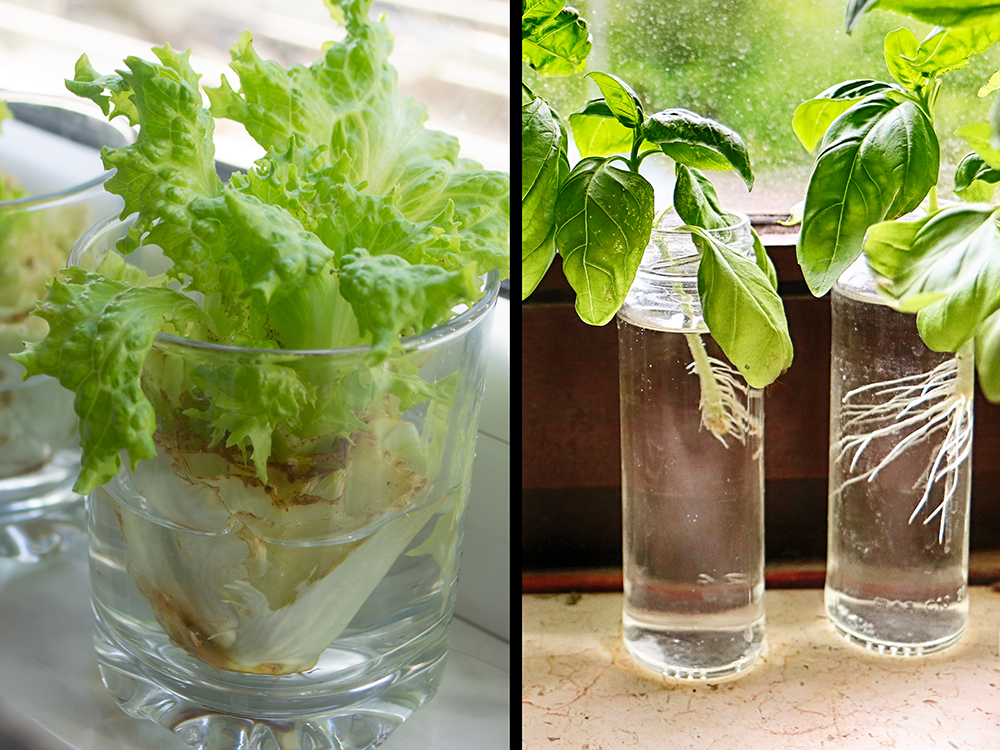
Don’t forget to check on the spot, but be patient – remember that a plant takes days to germinate
Generously Supported By:
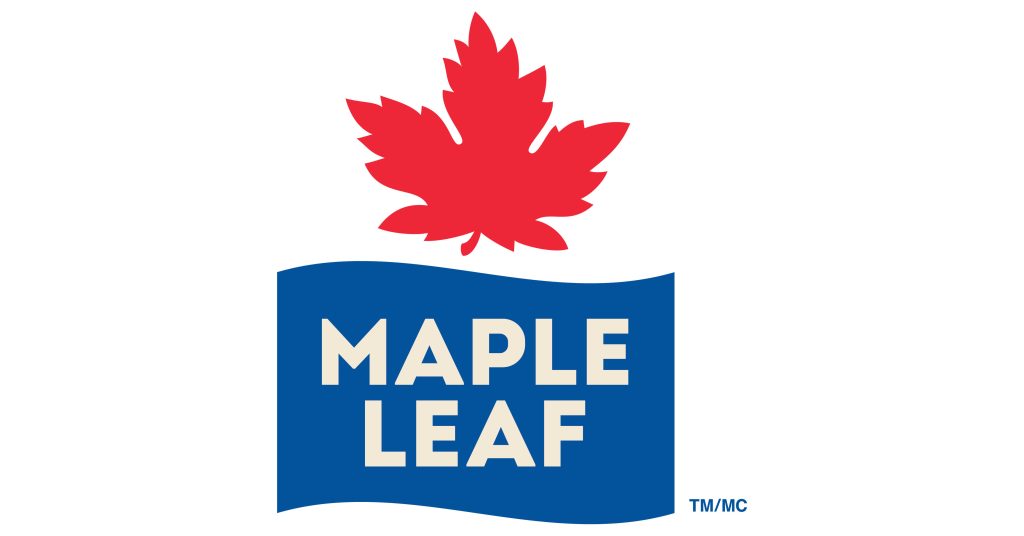
Time is ticking for you to enter our Backyard Biologist Contest! If you haven’t submitted your entries, it’s time for you to go out and capture those moments so you can WIN!
Submit your best nature photo (or photos!) and you could take home one of this year’s FABULOUS prizes:
A CANON REBEL R100 CAMERA!

Not one, not two, but THREE lucky winners will earn this fantastic prize, along with a framed piece of their photo using Canon’s Frame Lab print and framing service!
Backyard Safari
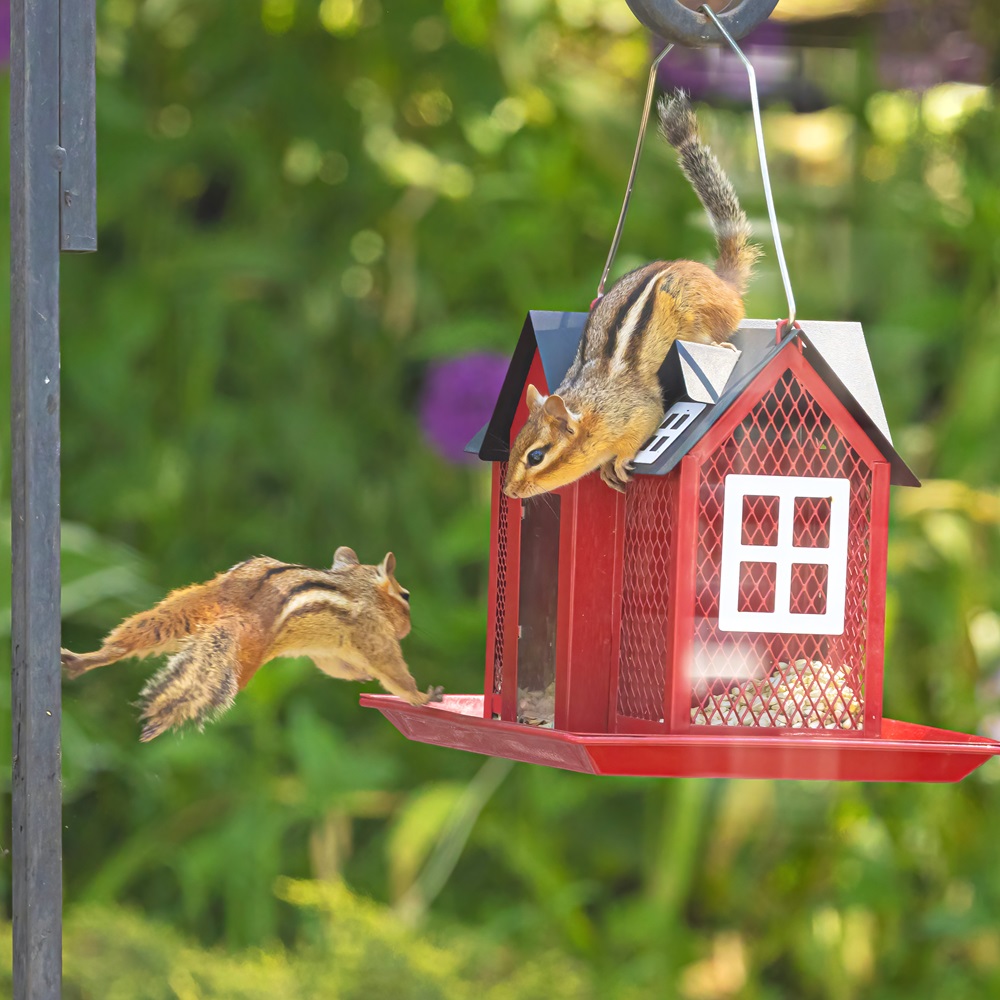
Critter Closeups
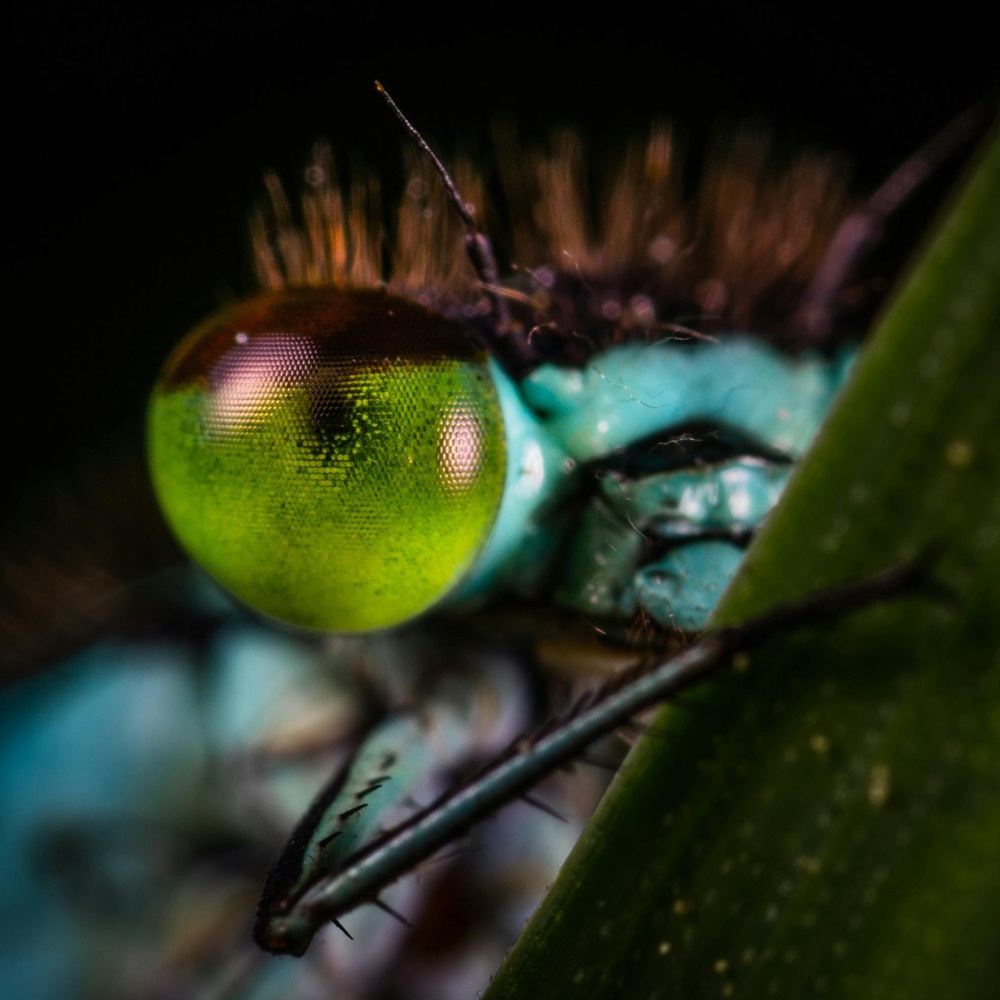
Water Worlds
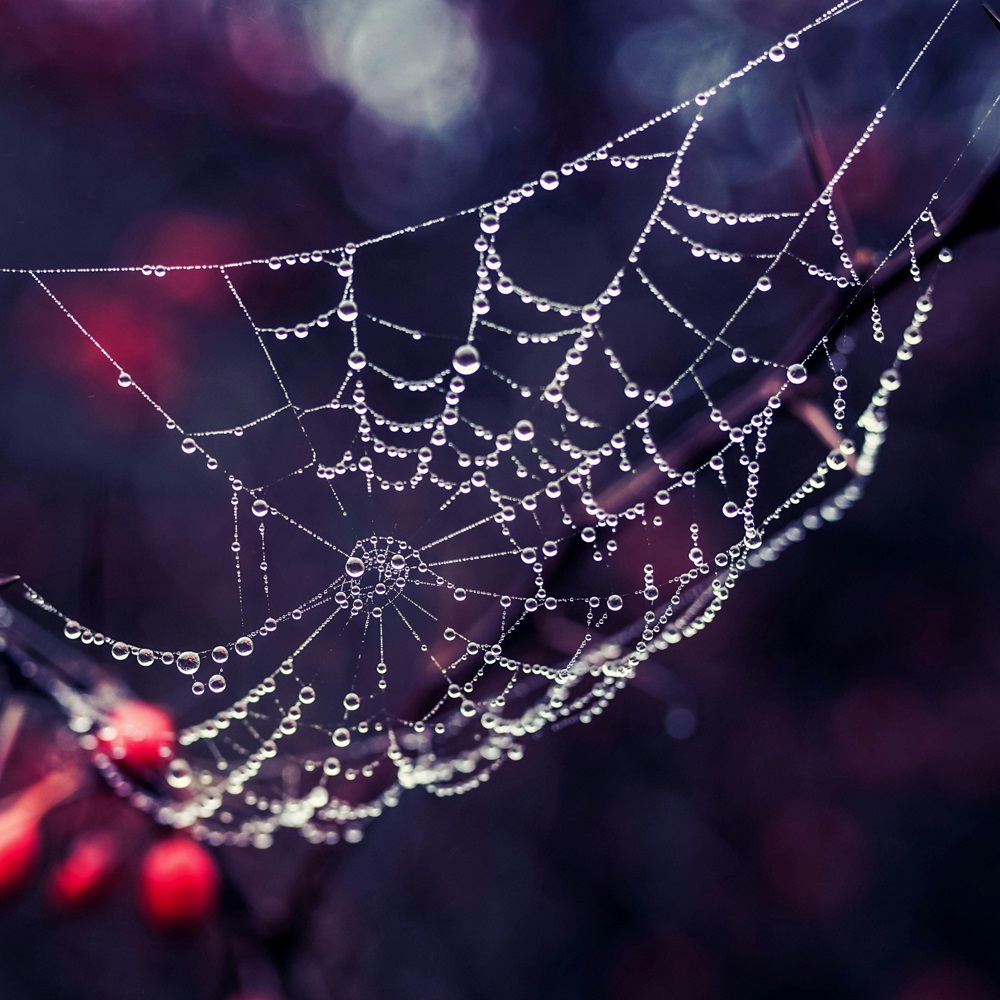
Click here to learn more and submit your pictures!
Don’t know what to take pictures of? Why not look at last year’s entries for inspiration?!
Kenzie, Maya, and Kate did incredible jobs with their Epic Landscape, Wonderful Wildlife, and Coolest Colours entries.
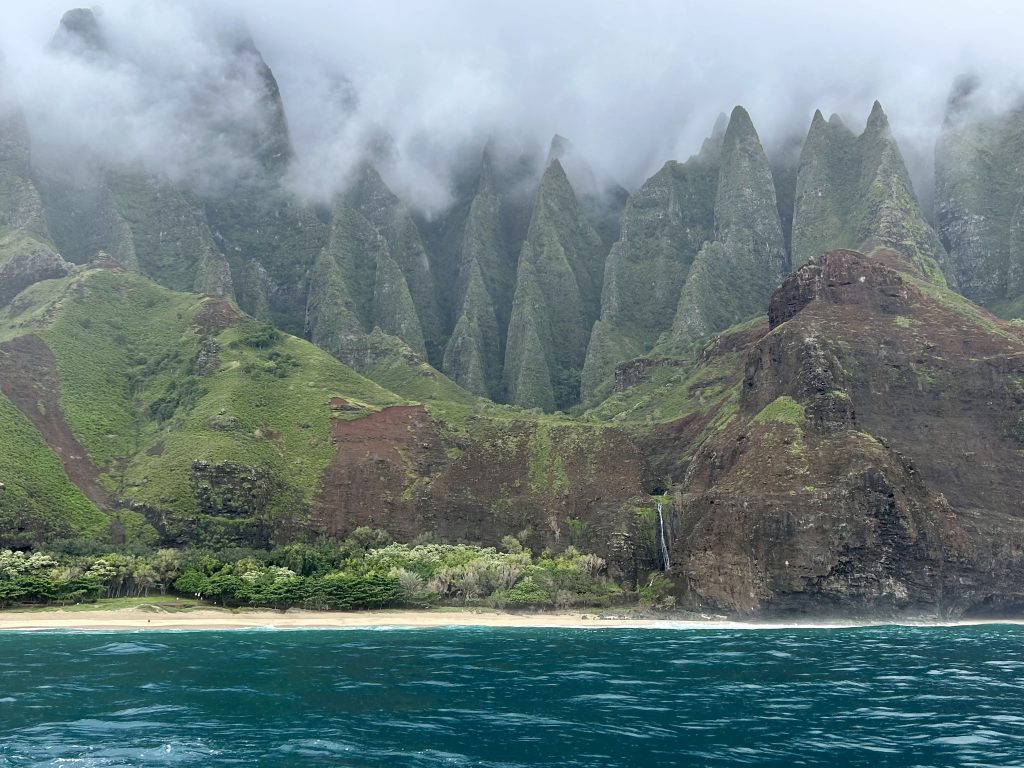
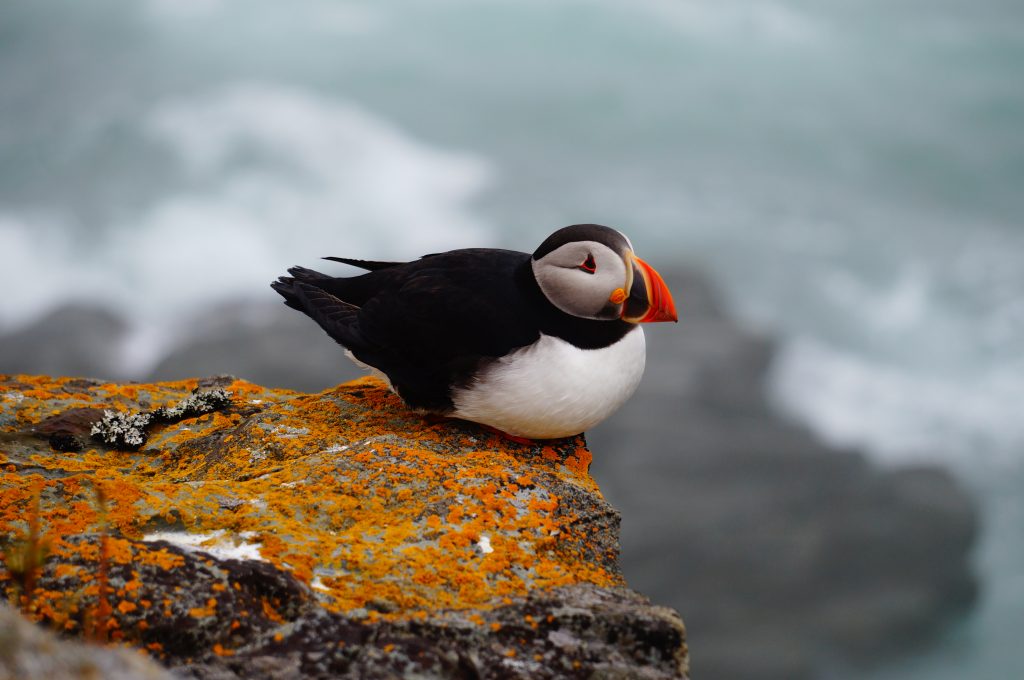
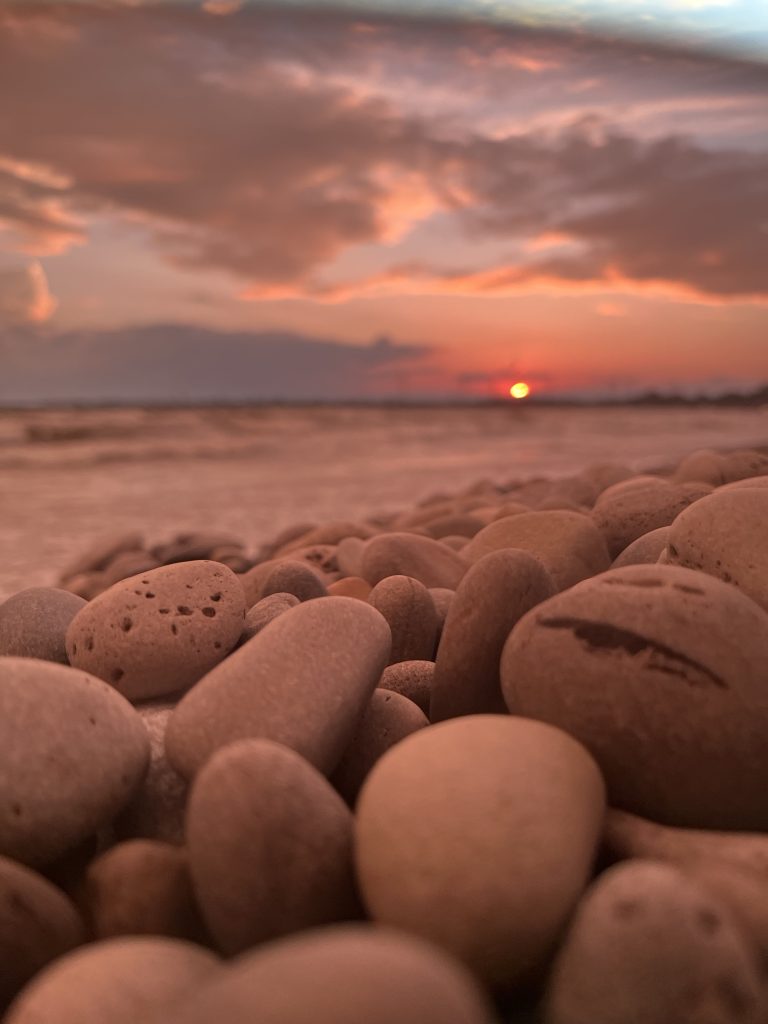
They shared what they wrote for their entries about their photo and so much more! Click here to read up about what they had to say!
Our 2023 winners aren’t the only lucky entrees to have won fantastic prizes in past Backyard Biologist contests. Back in 2022, we celebrated the amazing photos taken by Maverik, Jacqueline, and Emerson. You can read what they had written for their submission descriptions in the winner’s blog!
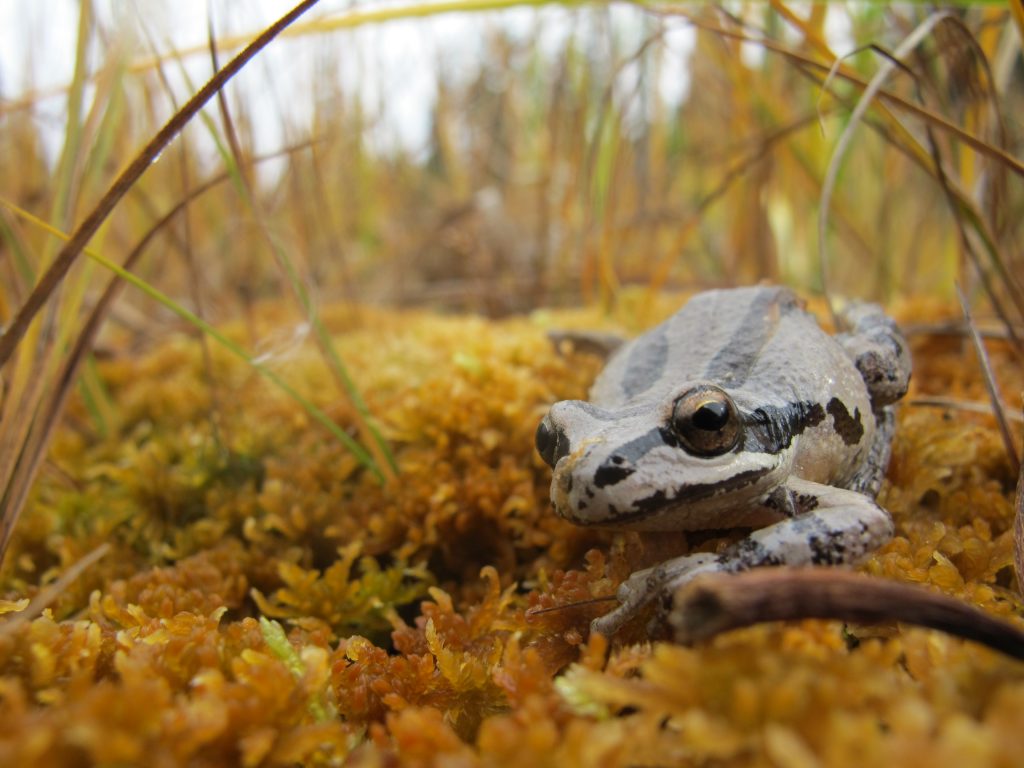
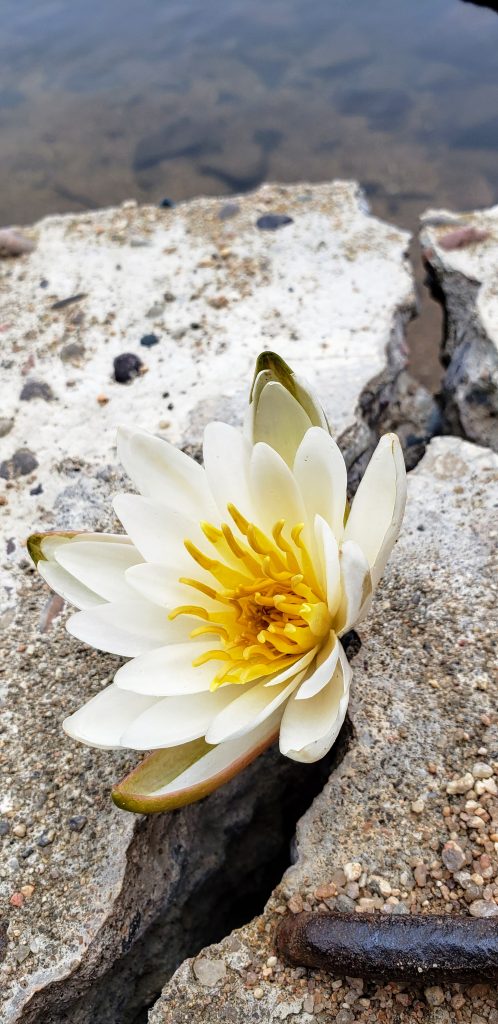
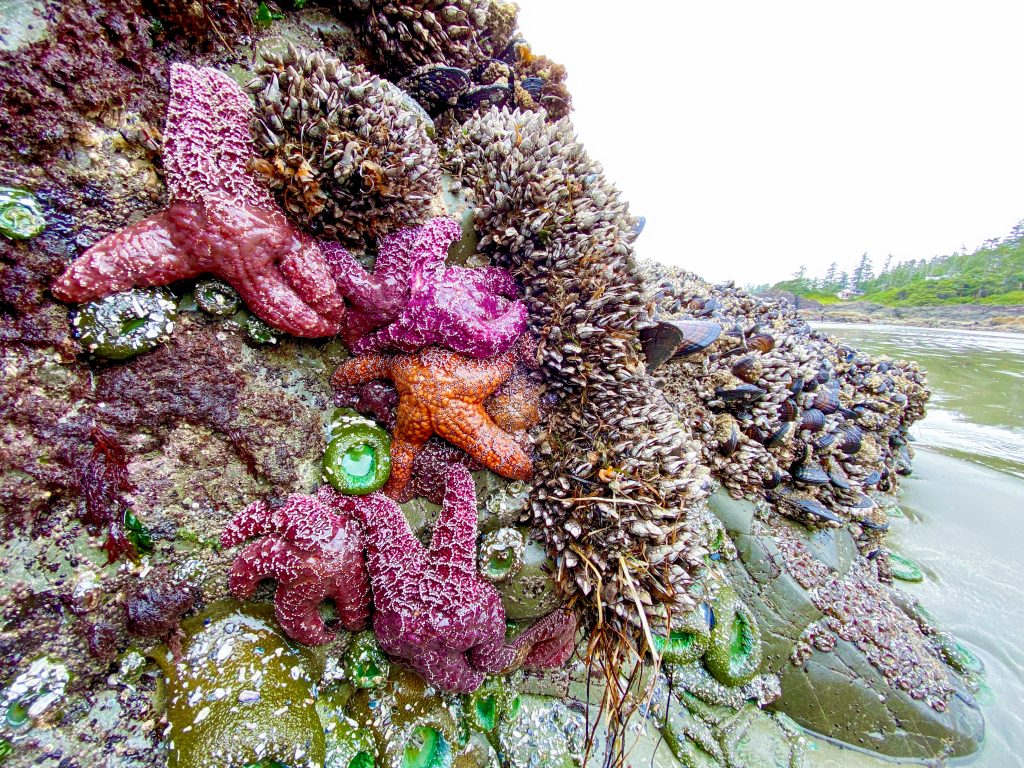
You can join these lucky winners by submitting your own photos to our 2024 contest. Don’t wait— enter while there’s still time!
HAPPY SNAPPING!
Generously Supported By:

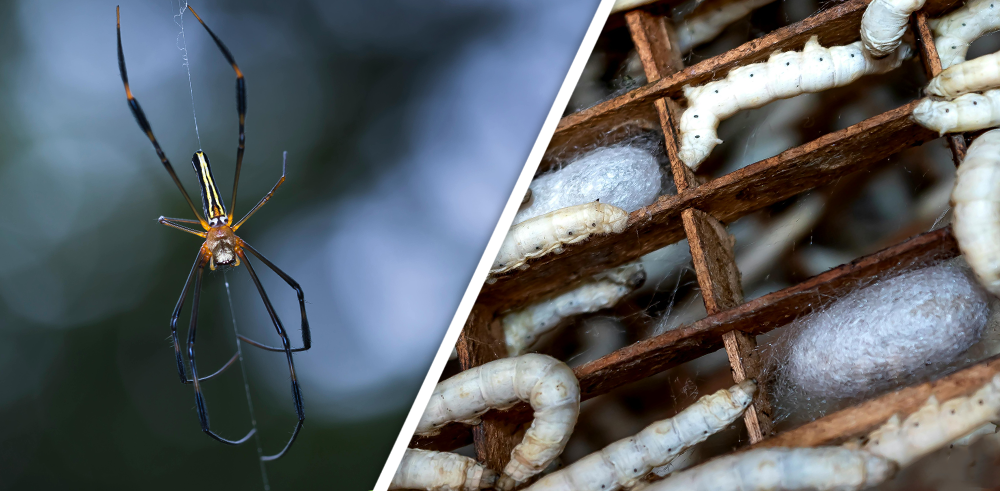
Let’s put your identification skills to the test! Can you figure out what is hidden in this picture? Make your guess in the comments.
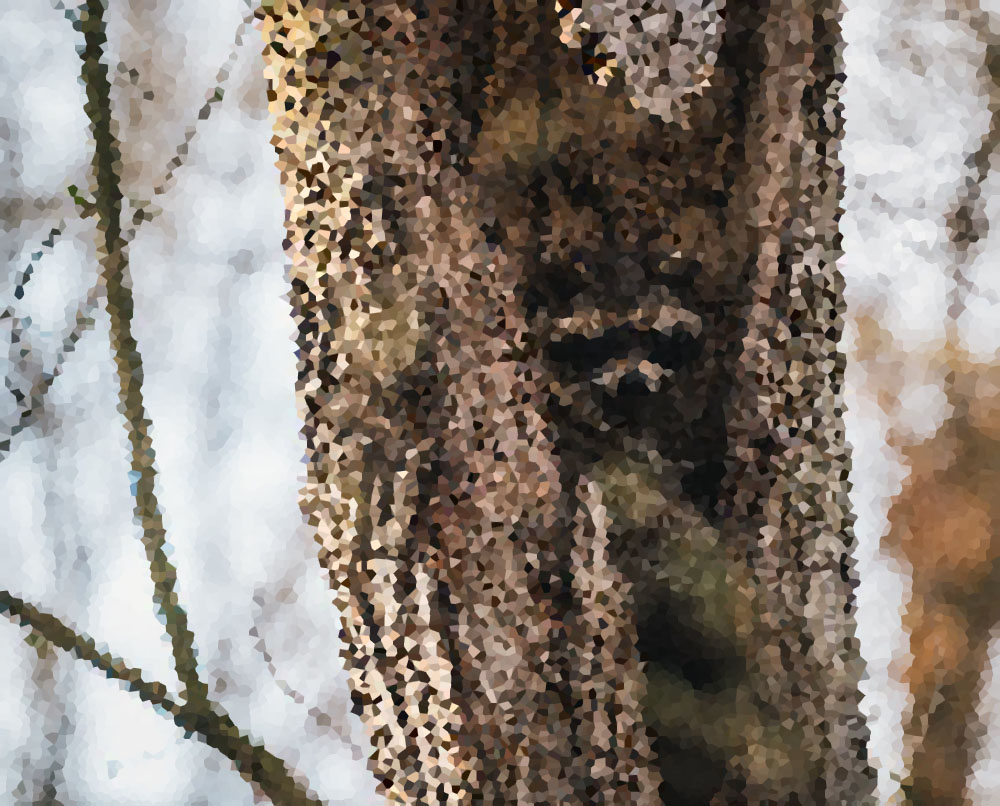

Get ready to dive into the depths of mystery and mayhem with Earth Ranger Emma on a spooktacular Halloween adventure! Emma’s on the hunt to uncover the truth about the legendary Kraken—could a real-life sea monster be lurking below the waves? From ghostly shipwrecks to giant squids and kookaburra-filled Australian journeys, this episode has it all! Tune in for spine-tingling tales, myth-busting surprises, and maybe even a little penguin playground fun! Perfect for curious Earth Rangers and thrill-seekers alike!

Today Emma flies all the way to Australia to prove Ryan wrong… but she’s in a special surprise this time! The creature she’s investigating today is a special sea monster… THE KRAKEN!

The kraken is said to have been the cause of many shipwrecks. A giant squid or octopus capable of wrapping its tentacles and dragging sailors and their ships down. HOWEVER, unlike our good ol’ Nessie that Emma debunked two episodes ago, the Kraken might be more than just a folklore monster created to teach people about the dangers of the ocean.
There is a very real animal who might have inspired these legends: the giant squid!

The giant squid lives up to its name: it’s so big – almost the size of a car! Its tentacles are long, just as long as Emma is tall. It very well could wrap itself around a ship, probably not take it down but certainly give sailors a good scare and capsize smaller boats. They are aggressive, especially if they mistake a boat or human for prey or feel threatened.
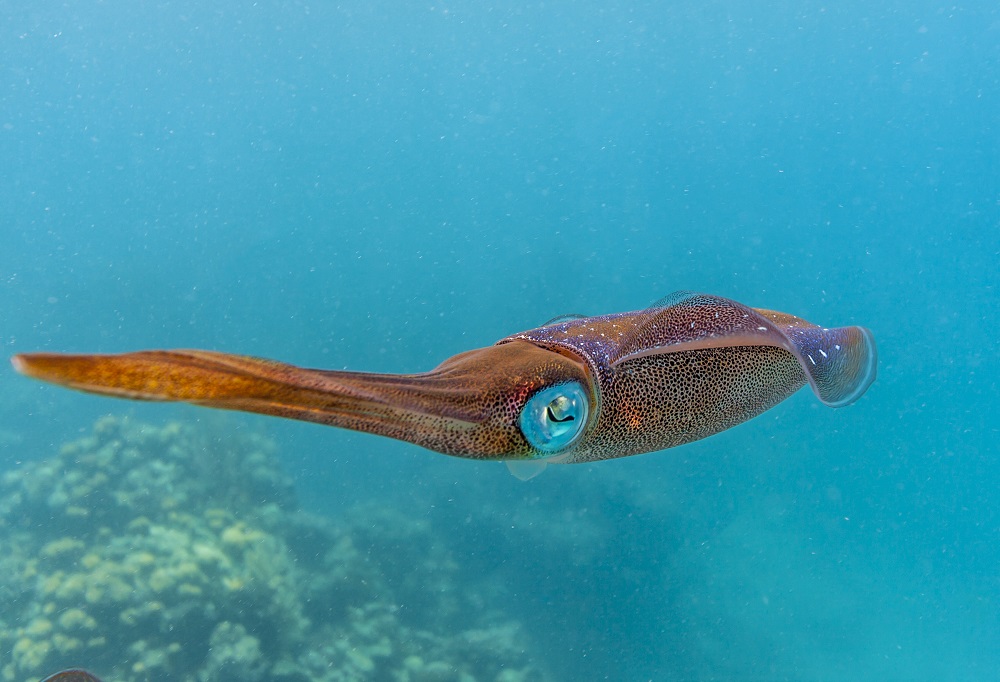
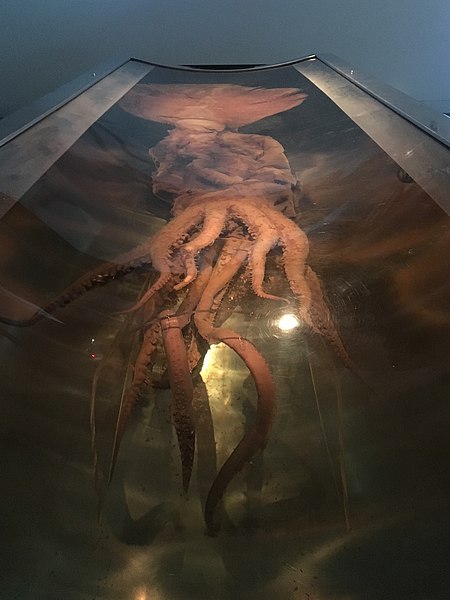
Compared to the legend of the Kraken, “Giant Squid” isn’t nearly as cool a name… but it has just as terrifying a reputation! Diver beware… don’t go angering the giant squids, you might experience what it’s like to fact the real-world kraken.

What do you think of the Kraken Monster Legend? What do you think of its real counterpart?
Let us know some other cool cryptids you wish Ryan or Emma talked about! Ryan’s going nuts coming up with some, but why not talk about other cool legends here?
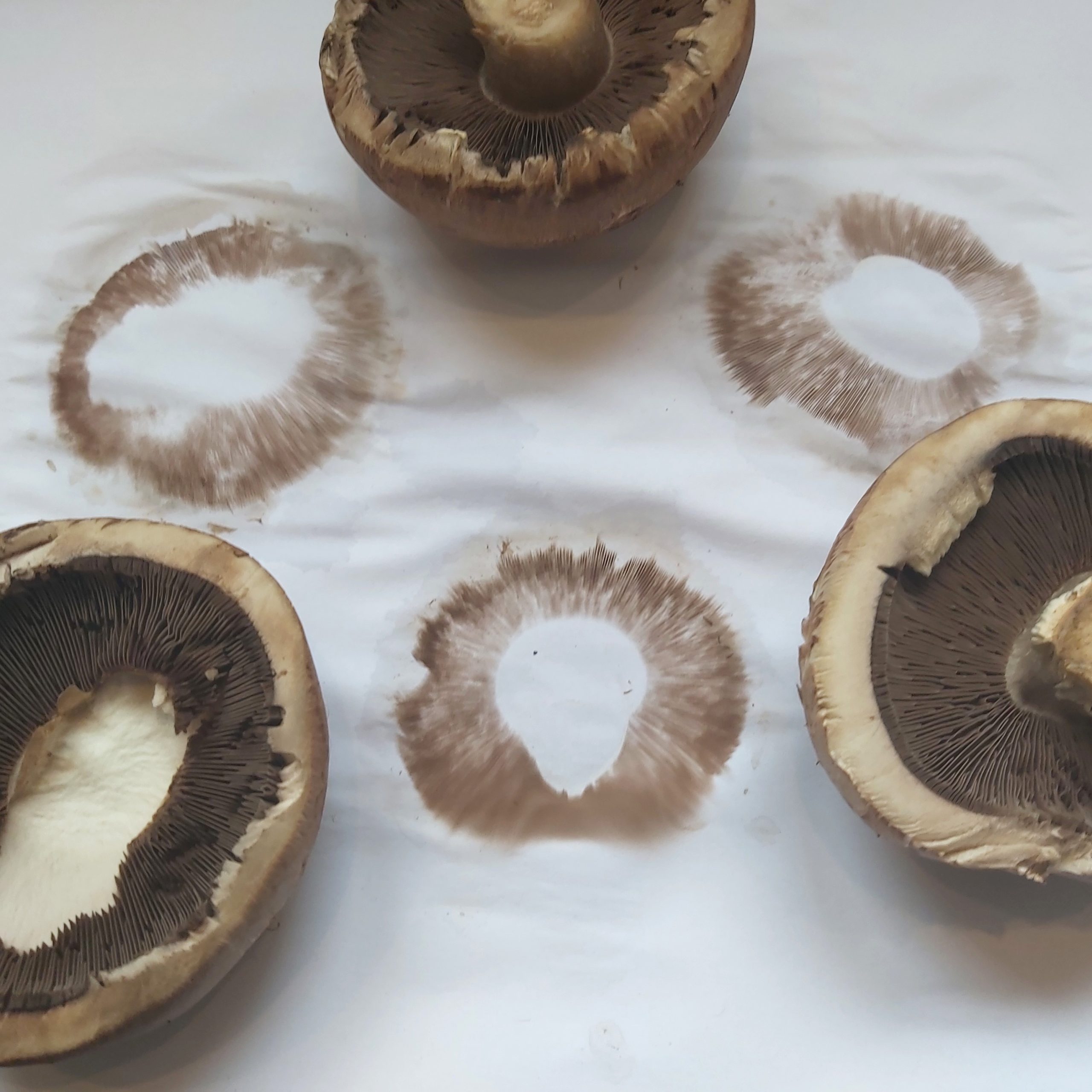
Ever wondered how mushroom spores spread? Find out how, and get some cool prints out of it!
Step 1: Buy a fresh mushroom or pick one outside (if you’re picking one outside, wear gloves while handling it).
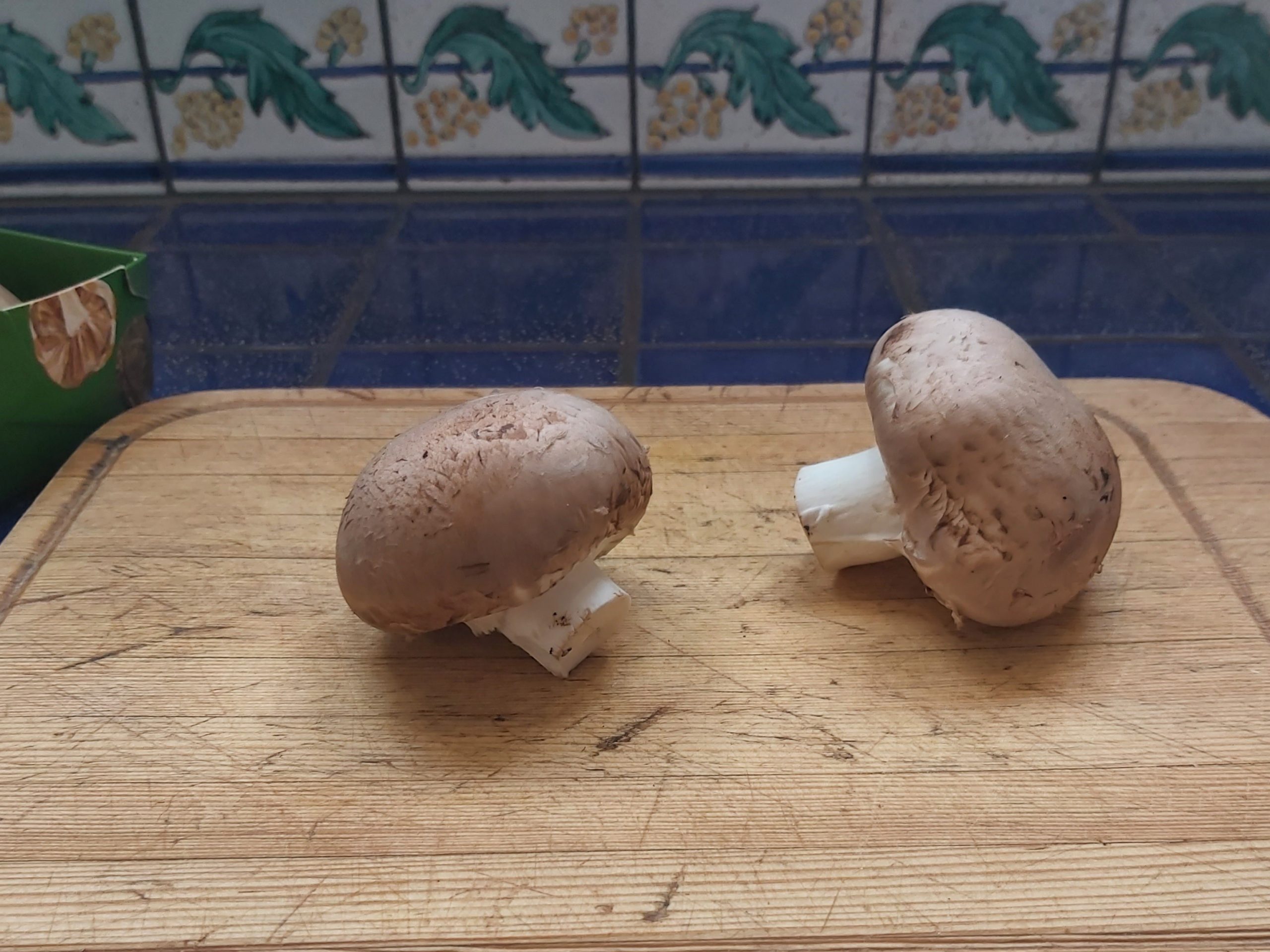
Step 2: Cut off the mushroom stem to expose its gills, the ribbed flesh on the underside of the mushroom cap.
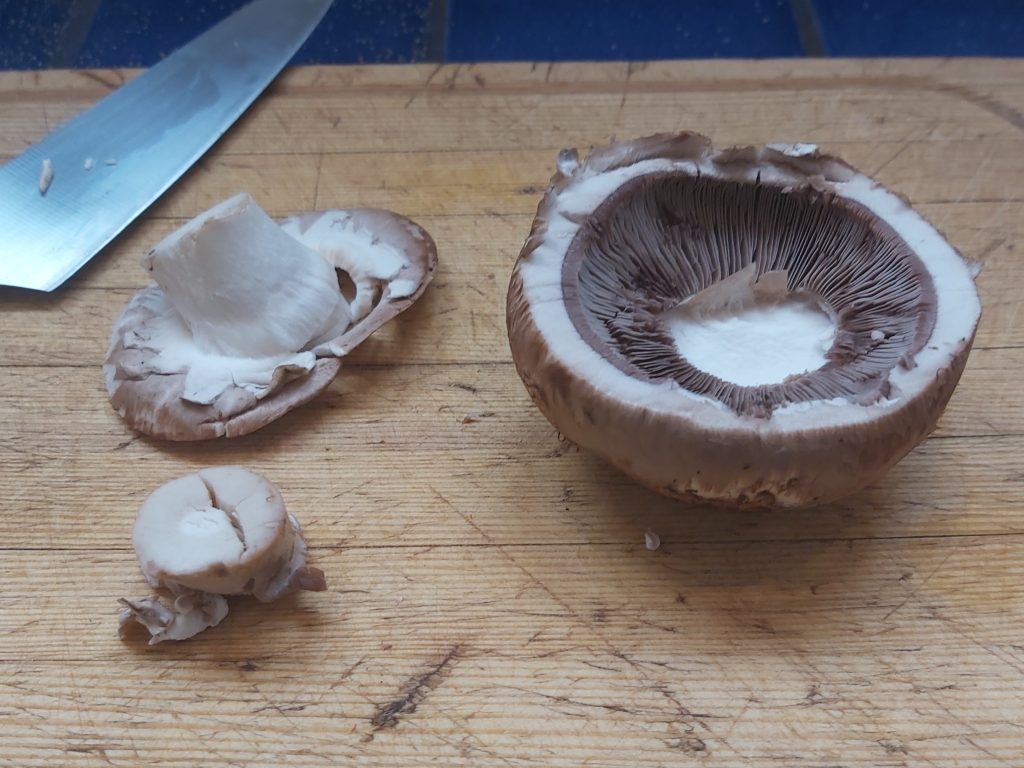
Step 3: Place the mushroom cap gill-side down on a piece of paper.
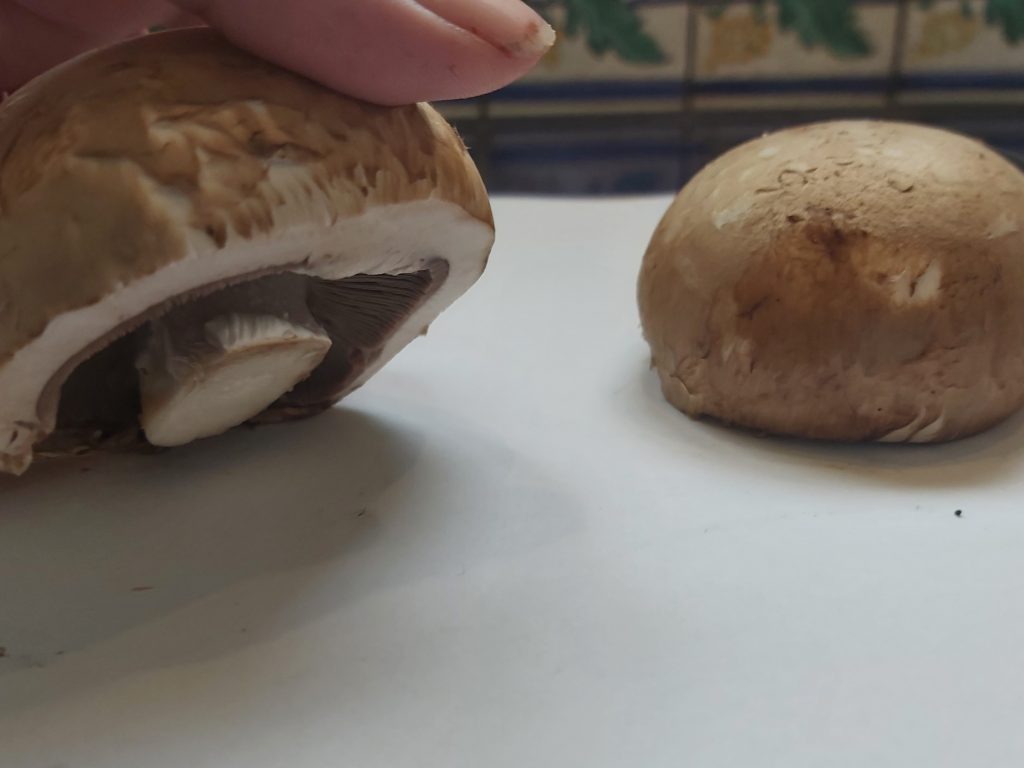
Step 4: Add a few drops of water to the top of the mushroom cap — this makes the spores drop. Cover the mushroom cap with an upside-down box and leave it overnight.
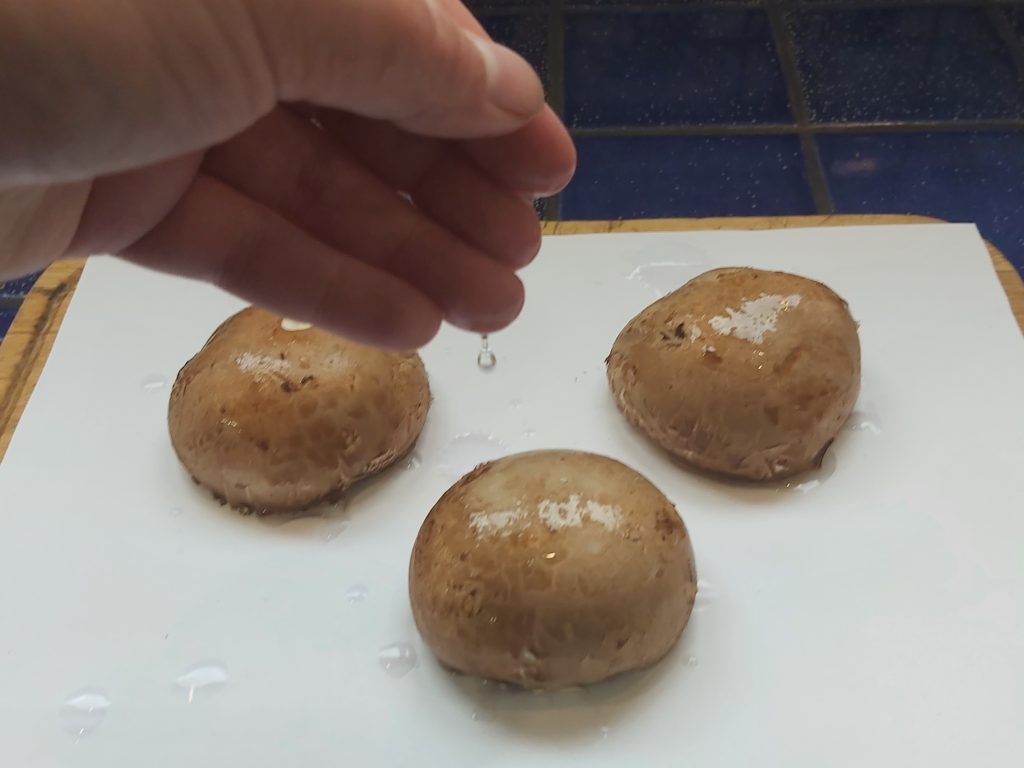
Step 5: The next day, gently lift the box and the mushroom cap. You should see a beautiful spore print on the paper underneath!
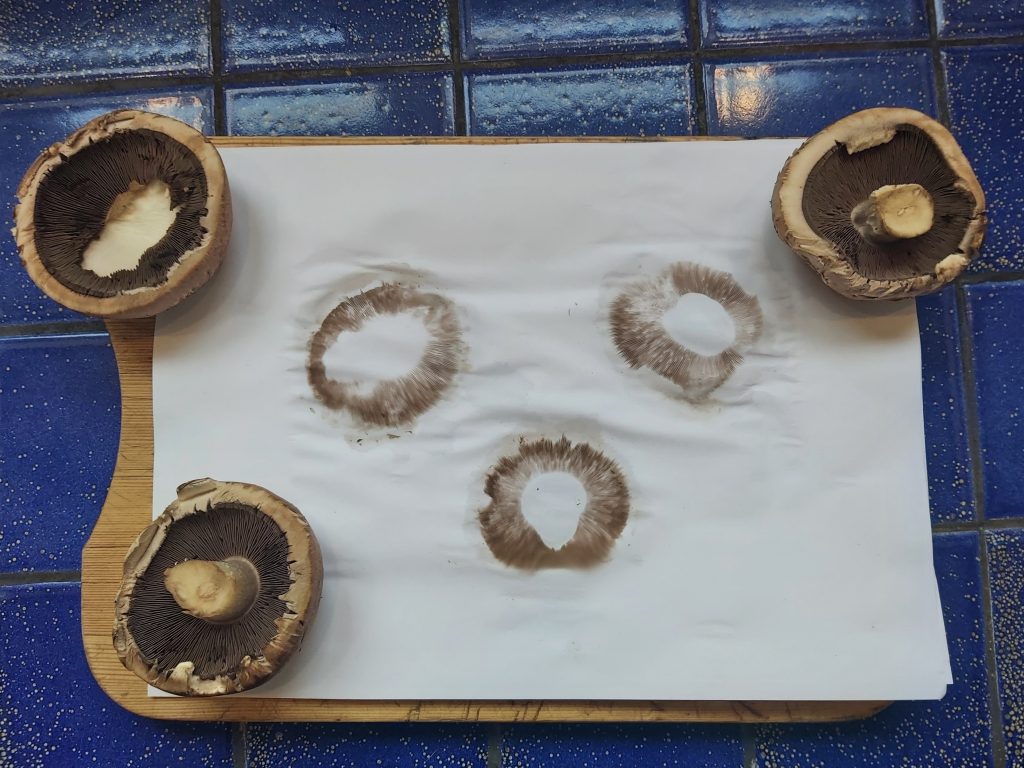
Generously Supported By:
